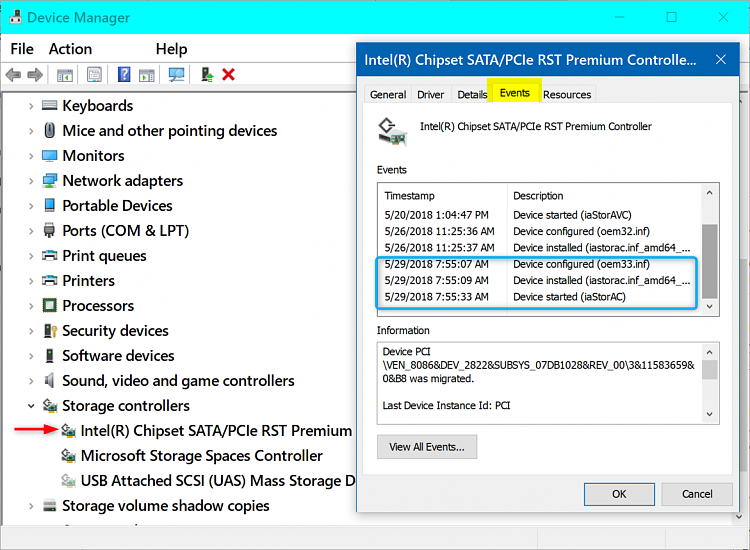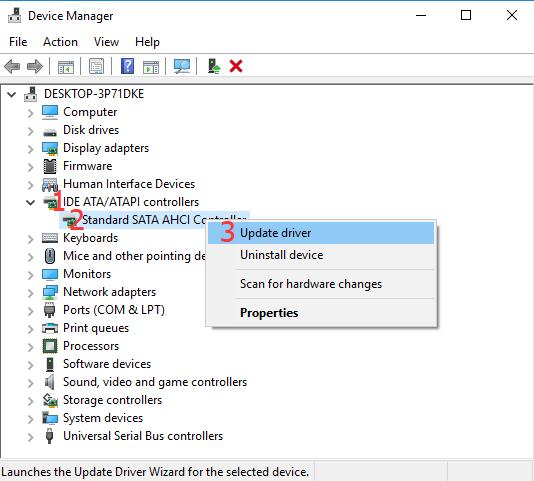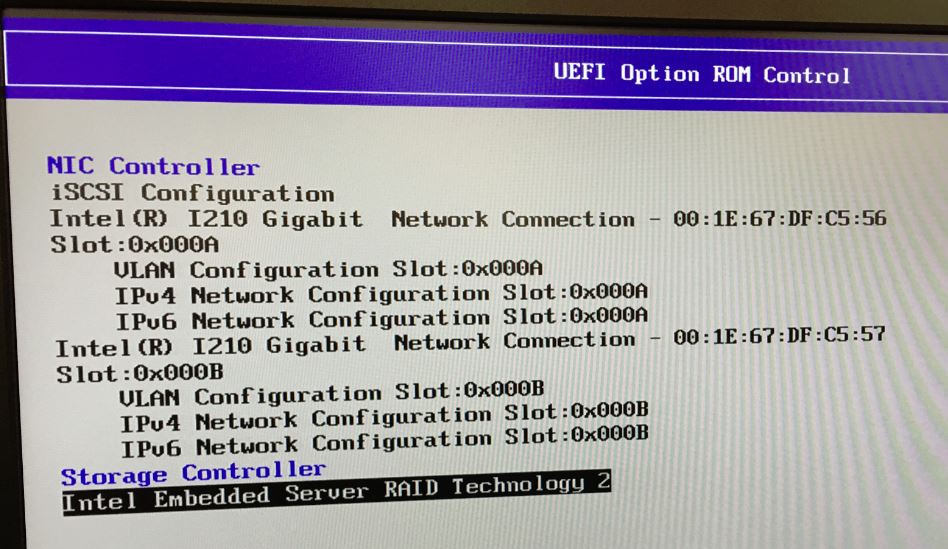
Intel Chipset SATA RAID Controller - Driver Download. The SATA controller must set in Intel RST Premium With Intel Optane System Acceleration mode.I'm trying to upgrade from Windows 7 to 10 using the Windows 10 setup program I downloaded to the workstation.To find the latest driver for your computer we recommend running our Free Driver Scan. Chipset SATA/PCIe RST Premium Controller and click Next to load the driver and continue the OS installation. Preinstall driver file on the SupportDownloadSATA RAID/AHCI page, unzip the file and copy the files to.
At the 'This system must be restarted to complete the installation. At the 'Finish' screen, click 'Finish'. At the 'License Agreement' dialog, read the agreement, then, if you agree, click 'I Agree' to continue with the installation. 11.' screen, click 'Next'. Search For More Drivers.At the 'Intel® Mobile Express Chipset SATA RAID/SATA AHCI Controller Ver. Hardware Class: SCSIAdapter.
Intel Chipset Sata Raid Controller Drivers For Windows
On reboot the system re-installed the driver. A perc s100 or s300 raid controller i suspect s100 , and 2 x 500gb sata hard discs.Intel C600 Series Chipset SAS RAID ControllerI don’t use RAID so I uninstalled the driver. With no action taken I can choose to continue to boot through to Windows and it works fine.Raid controller drivers for windows install - dell t310 poweredge. Running a Dell Latitude E7440 on EFI + SecureBoot + Windows 8.1 + BitLocker and I randomly get start-up issues where the OS is flagging iastora.sys as corrupt. Storage Controller : Intel Chipset SATA/PCIe RST Premium Controller Microsoft Storage.Intel Mobile Express Chipset SATA RAID Controller (iastora.sys) corrupt on boot. Disk Driver : LITEON CV8-8E128-HP.

Using your primary drive (OS "Windows" drive), plug it into the SATA_1 data/power cable. We will be using SATA_1 in the next step.3. Ensure SATA_0 & SATA_1 are enabled. Remove your hard drives from the SAS dock (4 ports behind the front access panel).2.
Plug your OS drive into these cables.4. There will be a cable bundle with a SATA data cable and SATA power cable hanging free. The RH panel will come off. Remove the 3 screws in the rear.
Windows updated perfectly. Essentially bypassing the SAS/RAID Controller and used the SATA Controller instead. I had success with this method. Run the tool and let the system update.6. Download the "MediaCreationTool1909.exe" from the Microsoft website. Now you can Update Windows.
The Intel C600 RAID Chipset reappeared in the Device Manager. The OS recognized the 3.5" drive as previously (drive D:\). I was able to power off, plug the 3.5" drive back into the SAS bay, boot into BIOS, re-enable SAS/RAID, boot into Windows. I had a seperate 3.5" hard drive that I use for backup.
In theory, a RAID 1 array (2 disks, mirrored) could be merged to a single disk using a couple different methods. I have not tested the process with a RAID array, so I cannot confirm if it will work. If these are independent disks (Non-RAID) then you are good to proceed. If you are using RAID, then the process I used could potentially corrupt the array.


(Your setup may be different.) Bay 2 connection is labeled "P14". (Your setup may be different.) Bay 0 connection is labeled "P12". Bay 0 is the 2nd most accessible.
I did look at the PC again yesterday before seeing that post. There will be interference between the SATA connectors and P12 or P14.I hope these notes become more clear once you open up the RH side of the PC case.Many thanks for your post of 03-05-2020 which for some reason I missed until now. If P12 or P14 are not removed, the tray caddy will not slide all the way back into place. This allows the disk to use the tray caddy.
I have three 3.5” HDDs.After removing the RH panel I found a bunch of cables tied together. I do have a "SATA/RAID operation" choice which is set to Enabled but my disks weren’t RAID configured. I couldn’t find that option in the BIOS so maybe we have different versions - mine is A17.
Is it right that the SAS & SATA connectors use the same pins on the back of the disk? And the disks I have can be used as either SATA or SAS disks just by plugging in the appropriate connectors?Here is a photo of the connector pins at the back of my 3.5” HDD OS disk just to confirm they can be used for both SAS & SATA:I’m not sure what the 4 pin socket is for to the left of the two sets of copper pins but don’t think it’s used for either SATA or SAS.This is the SAS connector (P12), at the back of one of the drive bays, which I’ll remove (or maybe one of the others if easier) by undoing the two screws as you say.


 0 kommentar(er)
0 kommentar(er)
